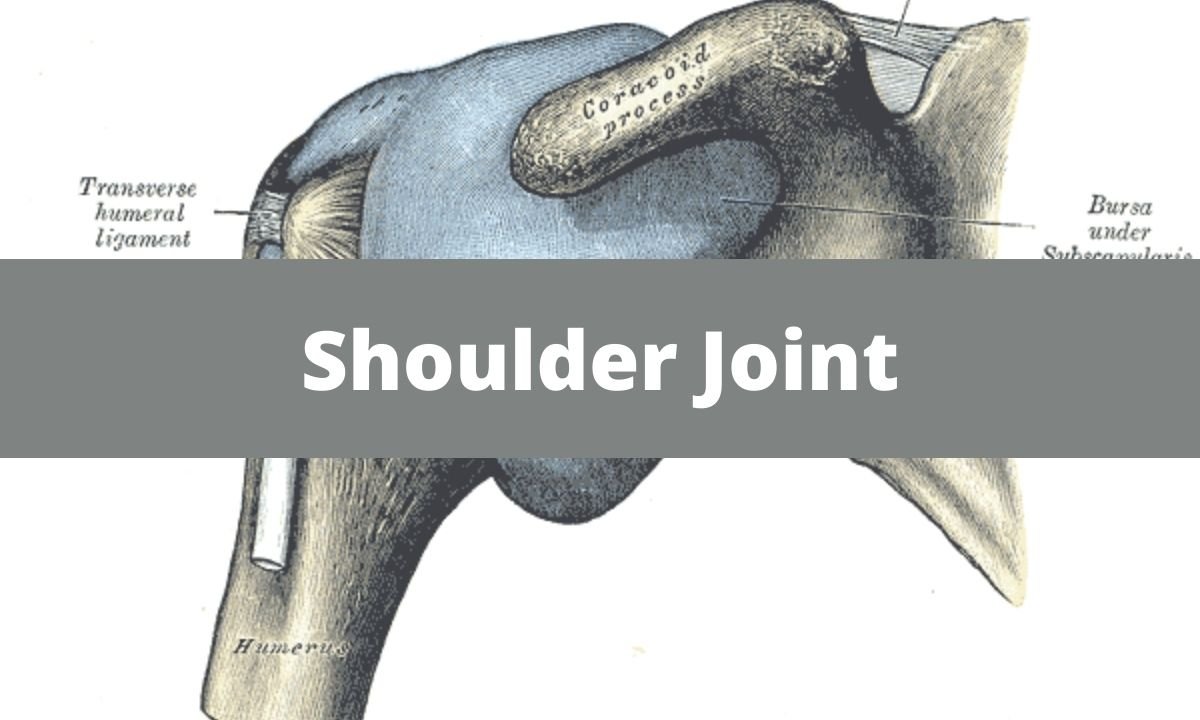VENTRICULAR TACHYCARDIA
SUMMARY
Ventricular tachycardia (VT) is a potentially life-threatening arrhythmia originating in the cardiac ventricles. Usually, VT results from underlying cardiac diseases such as myocardial infarction or cardiomyopathy, but it can also be idiopathic or iatrogenic. Clinical manifestations range from palpitations and syncope to cardiogenic shock and sudden cardiac death. The characteristic ECG findings of VT are broad QRS complexes (> 120 ms) and tachycardia (> 120 bpm).
CLASSIFICATION
Ventricular tachycardia may be monomorphic or polymorphic and nonsustained or sustained
Monomorphic VT – Single abnormal focus or reentrant pathway, All QRS Complex look similar
Polymorphic VT – Several different foci or pathways and irregular, Varying QRS complexes
Nonsustained VT – Lasts < 30 seconds
Sustained VT – Lasts ≥ 30 seconds or is terminated sooner because of hemodynamic collapse
CLINICAL FEATURES
Often asymptomatic, especially if nonsustained
Common symptoms of sustained VT include:
-
- Palpitations
- Hypotension
- Syncope
In more severe cases:
-
- Chest pain/pressure (often in conjunction with MI)
- Cardiogenic shock
- Loss of consciousness
- Progression to ventricular fibrillation
- Sudden cardiac death
TORSADES DE POINTES
Torsades de pointes is a specific form of polymorphic ventricular tachycardia in patients with a long QT interval. It is characterized by rapid, irregular QRS complexes, which appear to be twisting around the electrocardiogram (ECG) baseline. This arrhythmia may cease spontaneously or degenerate into ventricular fibrillation. It causes significant hemodynamic compromise and often death. Diagnosis is by ECG. Treatment is with IV magnesium sulfate, measures to shorten the QT interval, and direct-current defibrillation when ventricular fibrillation is precipitated.

ECG Interpretation – P waves are initially present but are subsequently obscured by the high-frequency ventricular complexes (approx. 220/min) during the Torsade de Pointes (TdP) phases. During TdP, QRS complexes twist around the isoelectric line and are borderline wide (approx. 120 ms). The QT interval (as measured after the second TdP phase in V6) is prolonged (approx. 440 ms; QTc = 568 ms).
DIAGNOSIS
ECG Findings –
Wide QRS complex
Heart rate > 120 bpm
AV-dissociation: no relationship between P waves and QRS complexes (in VT, ventricular rhythm is often faster than atrial rhythm)
Fusion complex: atrial and ventricular impulses occur simultaneously
Capture beats: Occasionally, a supraventricular impulse may reach AV node and produce a subsequent ventricular beat (similar to a beat in sinus rhythm)
Other Diagnostic tests –
Holter monitor: useful for diagnosing intermittent VT which may not be present on a single ECG
Echocardiography: provides information about possible etiologies of VT
TREATMENT
Initial therapy
If patient is hemodynamically unstable (hypotension, loss of consciousness)
- VT with pulse → cardioversion
- VT without pulse → defibrillation
If patient is hemodynamically stable:
- Antiarrhythmics (typically lidocaine, procainamide, amiodarone)
- Cardioversion if medical therapy fails
In all patients, look for and address possible causes of VT such as:
- Electrolyte abnormalities (e.g., hypokalemia) → correct any electrolyte imbalances
- Medication-induced QT prolongation → remove any offending medication, digoxin immune fab (fragment antigen-binding) for digoxin toxicity
Long-term therapy
- Intracardiac devices (ICD) (most effective treatment for reducing mortality): indicated in case of VT that does not respond to therapy
- Catheter ablation
- Antiarrhythmics (usually class I or III)





